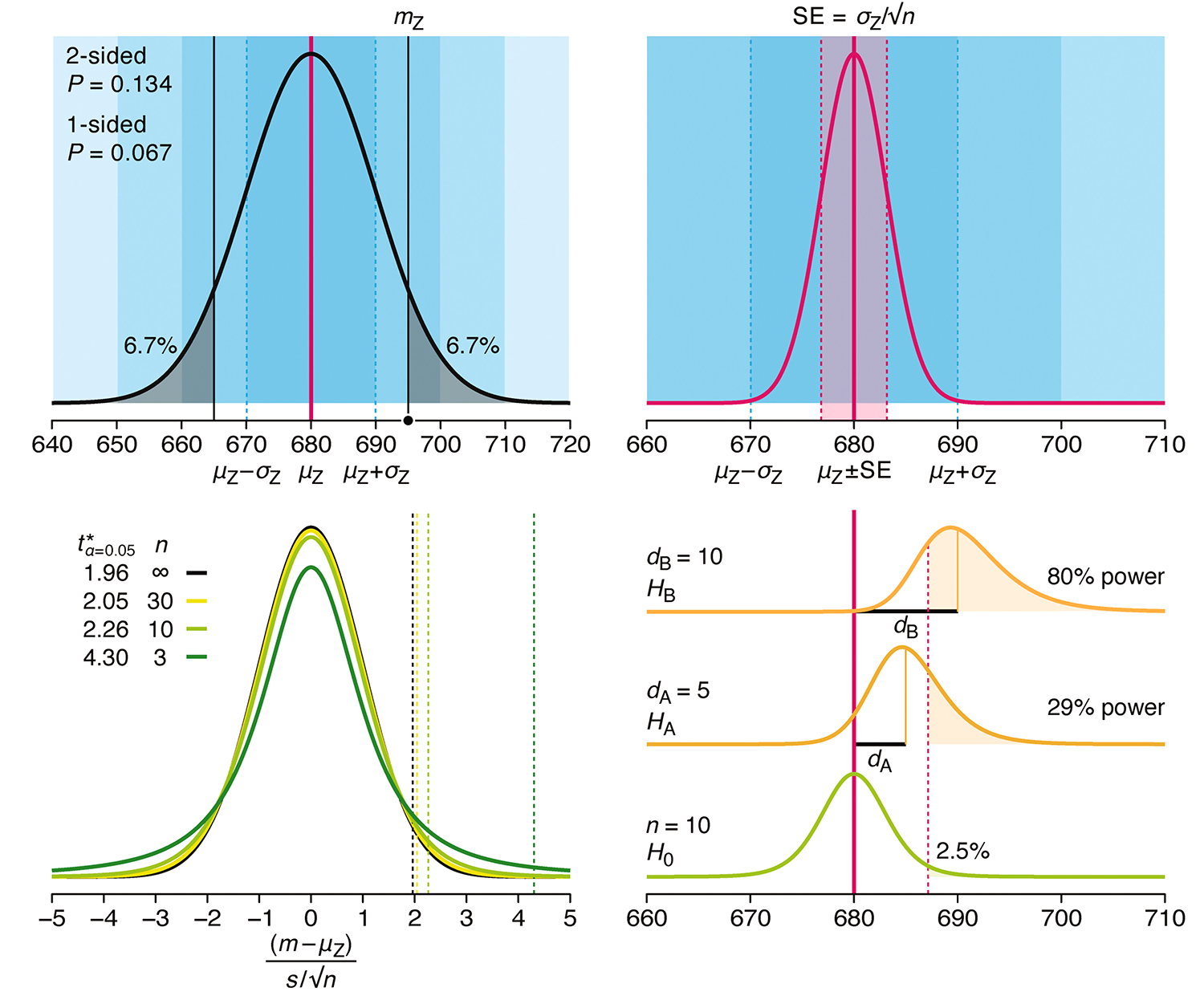Yes or No
Always just answers

contents
Do you want free answers to your problems presented in a clear and concise manner? Read on.
It doesn't matter whether you're arguing with your partner, friend, pet, or yourself. We can help.
Simply put: we provide answers to your problems.
How do we do it? Through our insightful knowledge of
- different types of problems
- different types of answers
- linear congruent method
we can confidently present an answer to your questions. It's hard to believe, I know!
The best part? Well, other than the right answers, of course. Our service is free! We provide answers at absolutely no charge. We don't want your money — we want you on your way with an answer in hand.
Why, answers of course. Your answer will appear in the following form

The correct course of action (YES, NO or MAYBE) will be presented one of many style.
We're confident that our answers are 100% correct.
Just read this testimonial — others have already been answered. You can be be next!
Thank you! You make decision making so simple. I didn't actually realize that there were only three choices. I wish I knew about this service last week...
—Lesa B
Be prepared, though. Using our service may lead you down the correct road quickly, efficiently and with time to spare. You may be surprised.
When you're ready, focus on the question you want to have solved and hit the I WANT AN ANSWER button above.
Congratulations! Use it well.
Our records show that you have already received an answer of YES, which is 5 days old.
This answer is stale — answers are good for only 5 minutes.
Never use a stale answer. Instead, consider getting a new answer — but make sure you first have a problem. Answers without problems cannot be retroactively applied.
Don't we all. You can obtain an answer every 5 minutes.
Even if it feels like you can't wait — you can.
Finding answers to your problems — that's what we do.
It's not easy, especially when you consider the variety of problems we deal with.
That's why we use the linear congruent method in computing answers. Without burdening you with technicalities (those mathematicians sure like to make things sound complicated!), we have selected this method because
- the linear congruent method scales favourably with the number of problems — we can answer many problems without investing in expensive hardware
- “linear” is a common synonym for “straight”. We give you the straight answer.
- it is “congruent”, meaning that it corresponds to the right answer.
We provide answers to you free of charge. Our rewards come from solving your problems — every time.
So far, we have generated 921 answers. Each one as correct as the next.
Below is a sample answer. Do not use this answer to solve a problem. If you want a real answer, hit the I WANT AN ANSWER button above.
Propensity score weighting
The needs of the many outweigh the needs of the few. —Mr. Spock (Star Trek II)
This month, we explore a related and powerful technique to address bias: propensity score weighting (PSW), which applies weights to each subject instead of matching (or discarding) them.

Kurz, C.F., Krzywinski, M. & Altman, N. (2025) Points of significance: Propensity score weighting. Nat. Methods 22:1–3.
Happy 2025 π Day—
TTCAGT: a sequence of digits
Celebrate π Day (March 14th) and sequence digits like its 1999. Let's call some peaks.

Crafting 10 Years of Statistics Explanations: Points of Significance
I don’t have good luck in the match points. —Rafael Nadal, Spanish tennis player
Points of Significance is an ongoing series of short articles about statistics in Nature Methods that started in 2013. Its aim is to provide clear explanations of essential concepts in statistics for a nonspecialist audience. The articles favor heuristic explanations and make extensive use of simulated examples and graphical explanations, while maintaining mathematical rigor.
Topics range from basic, but often misunderstood, such as uncertainty and P-values, to relatively advanced, but often neglected, such as the error-in-variables problem and the curse of dimensionality. More recent articles have focused on timely topics such as modeling of epidemics, machine learning, and neural networks.
In this article, we discuss the evolution of topics and details behind some of the story arcs, our approach to crafting statistical explanations and narratives, and our use of figures and numerical simulations as props for building understanding.

Altman, N. & Krzywinski, M. (2025) Crafting 10 Years of Statistics Explanations: Points of Significance. Annual Review of Statistics and Its Application 12:69–87.
Propensity score matching
I don’t have good luck in the match points. —Rafael Nadal, Spanish tennis player
In many experimental designs, we need to keep in mind the possibility of confounding variables, which may give rise to bias in the estimate of the treatment effect.

If the control and experimental groups aren't matched (or, roughly, similar enough), this bias can arise.
Sometimes this can be dealt with by randomizing, which on average can balance this effect out. When randomization is not possible, propensity score matching is an excellent strategy to match control and experimental groups.
Kurz, C.F., Krzywinski, M. & Altman, N. (2024) Points of significance: Propensity score matching. Nat. Methods 21:1770–1772.
Understanding p-values and significance
P-values combined with estimates of effect size are used to assess the importance of experimental results. However, their interpretation can be invalidated by selection bias when testing multiple hypotheses, fitting multiple models or even informally selecting results that seem interesting after observing the data.
We offer an introduction to principled uses of p-values (targeted at the non-specialist) and identify questionable practices to be avoided.

Altman, N. & Krzywinski, M. (2024) Understanding p-values and significance. Laboratory Animals 58:443–446.